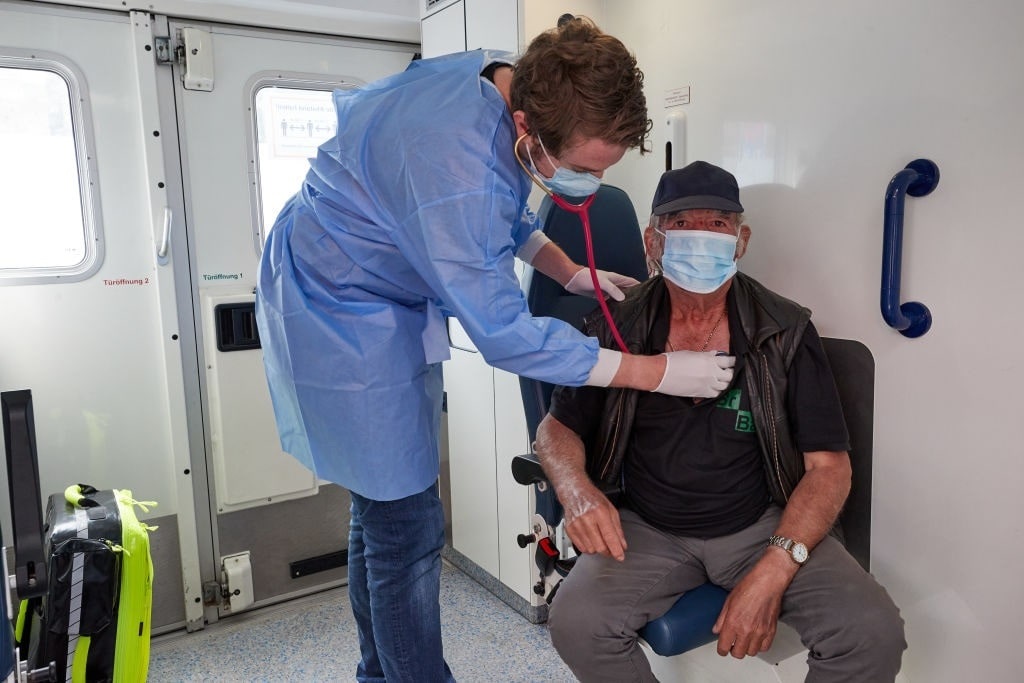
The truth may surprise you.
As MAHA sweeps the nation, Americans seem intrigued by what’s good for you, what’s not, and how to tell the difference. They are also becoming more aware of deadly diseases like the sneaky, silent killer known as heart disease – the leading cause of death in the US. Recent research indicates most Americans are aging faster than expected. Biological aging is a hot topic now as people try to compare their chronological age with organ age. Does your heart have more years on it than birthdays?
How Old Is Your Heart?
Risk calculators are being used more often to estimate health. When it comes to guessing heart health, several factors are helpful: cholesterol levels, lifestyle habits (like smoking), blood pressure, kidney function, and body mass index, to name a few. Physicians can then get a picture of what the future of your heart health may look like. One tool that has been used for this over the years has been the American Heart Association’s Predicting Risk of Cardiovascular Disease Events (PREVENT), which uses the aforementioned information.
Now, though, a preventive cardiologist and professor of cardiovascular epidemiology, Dr. Sadiya Khan, and her team developed an added layer to PREVENT. The new calculator translates the risk percentages into heart risk “ages.” JAMA Cardiology published the study.
“As we think about our growing, aging population, some people age faster than others, and slowing that down can have a lot of impact for health,” Khan told Business Insider.
To test the new calculator, researchers sampled more than 14,000 people aged 30 to 70 with no history of cardiovascular disease. They calculated the participants’ heart ages and then compared them to their chronological ages. According to the results, men had a heart risk age that was seven years older than their actual age, while women had an average gap of four years between the two. The average gap between actual age and heart age was 2.8 years for Asians, 3.7 for whites, 4.8 for Hispanics, 6.2 years for black women, and 8.5 for black men.
Other factors also played into the findings. For instance, those who had a high school education or below often had 10 years added to their heart age.
Usually, doctors use vital signs to measure heart health in percentages. For example, as Business Insider explained, a patient with a 7.5% risk of heart disease is considered intermediate risk. However, as Khan told the outlet: “It’s a challenging piece of information to communicate and grasp.” That’s where the heart age calculator can help make it more understandable to patients. “There’s no exact number that means people should be alarmed or be concerned,” she said.
Furthermore, “it’s important to have context,” she said in another interview. “A year’s difference from your chronological age is probably not meaningful. But if people’s hearts are more than five years or 10 years away from their chronological age, it’s worth paying attention to what’s going on and what might be driving that.”
Khan provided some suggestions to help get or keep your heart healthy. For smokers, quitting ranks high on the list. For everyone, though, optimizing workouts to include low-intensity movement, such as walking, can make a big difference, as well as eating the right amount of whole foods rich in fiber and healthy fats. And, of course, avoid processed foods and added sugar. Managing stress and getting the right amount of sleep are also important.
The new heart age calculator is not designed to be a diagnosis, but to give patients a glimpse into the health of the organ. It is meant to be inspiring, but not everyone agrees that it is a good thing. In a companion editorial for JAMA Cardiology, physicians Mohammad Al Mouslmani, Abdulla Damluji, and Michael Nanna warned that the tool could have some drawbacks. They wrote:
“While a higher biological age may motivate some individuals to adopt healthier behaviors, others may find such information demoralizing or overwhelming, especially those with fewer resources or competing life demands. Public health messaging and clinician communication should be sensitive to these dynamics, ensuring that risk age is framed not as a verdict, but as an opportunity for change, supported by accessible interventions.”
Khan explained: “With the growing awareness of biological age being a different concept than chronological age, or how many times you’ve been around the sun, we wanted to find a way to apply that idea and help people better understand their particular risks.” In other words, being forewarned is being forearmed. The more information we have about our health, the better we can improve and maintain it.
If you’d like to take a gander at the heart age risk calculator, you can do so here.
Liberty Nation does not endorse candidates, campaigns, or legislation, and this presentation is no endorsement.

















